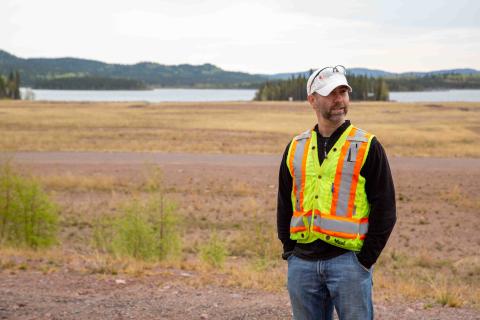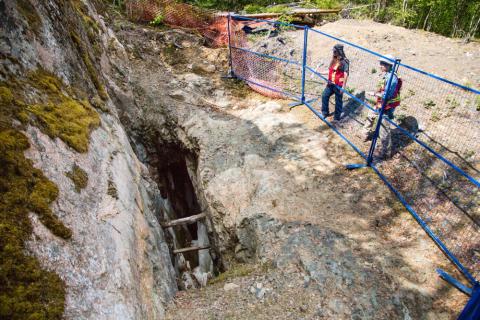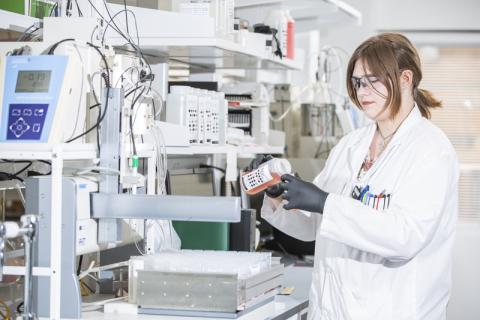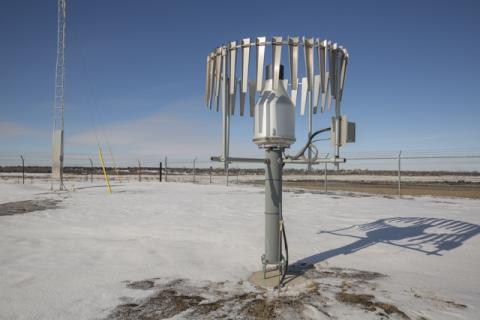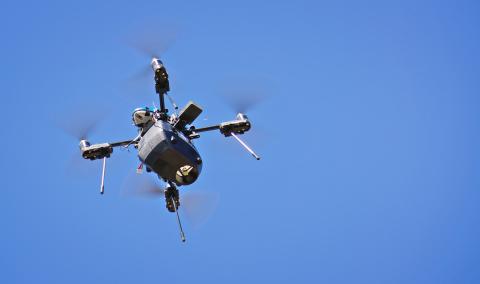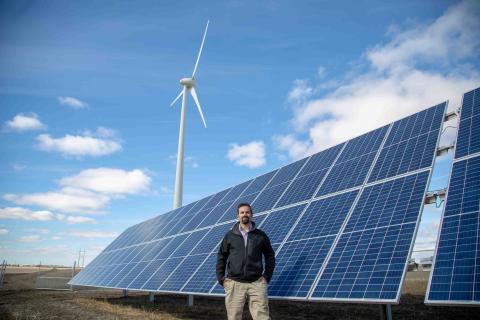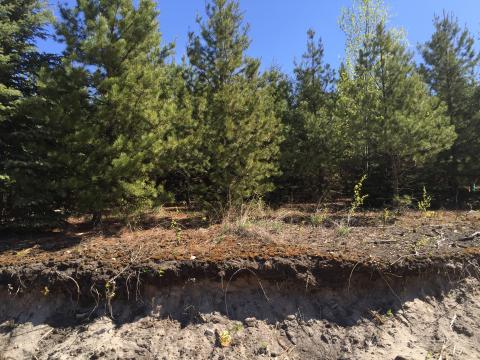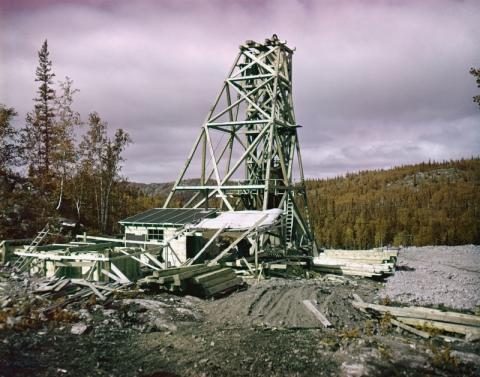From the Lab to the Loading Dock Blog
Ian Wilson leads a team of scientists, engineers and project managers who are remediating 37 abandoned uranium mine sites scattered across remote areas of northern Saskatchewan. Learn what makes this project and the remediation team unique.
When many of uranium mines in northern Saskatchewan were abandoned in the 1950s and 60s, openings to mine workings were left without proper closures and pose a risk to public safety. SRC has been working with local contractors and consulting engineers to build proper mine closures. There are several methods available, depending on the type of opening and the site conditions.
Water testing is a hugely complex process involving multiple types of complex scientific instruments that require a significant technical understanding to operate. These complexities sometimes give rise to uncertainty in water test results, and this is where it's important that testing is done through an accredited lab. Learn why.
The Internet of Things (IoT) connects ordinarily mundane devices to the Internet to give you greater knowledge and control of their functions.The Industrial Internet of Things (IIoT) is simply the IoT in an industrial setting. But unlike consumer-grade appliances like refrigerators and toasters, industrial machinery and scientific instrumentation require a few more checks and balances.
Take a look back at Saskatoon’s top weather statistics and events of 2018 using data from SRC's Climate Reference Station. Some might be obvious – who could forget the thick smoke blanketing our city in August or the beautiful frost (freezing fog or rime frost) that set in on Saskatoon in late November – but some might also surprise you.
Unoccupied Aerial Vehicles (UAVs or drones) are also becoming a tool of interest for upstream oil and gas producers. A methane gas detection UAV is capable of spotting small, isolated gas leaks at ground level from up to 30 meters in the air — a feat that’s not quite as easy as it sounds.
The Cowessess Energy Storage Facility is the first known wind-solar battery storage project in Canada. With the addition of over one thousand solar panels, the facility now produces almost 3,000 MWh of energy per year, enough to supply power to 344 homes. Learn about how this system works and why wind and solar make a good pair.
Did you know that lighting accounts for about one-third of an average home’s energy use? With so many different options for light bulbs on the market, it's hard to know which one is the best. We share seven reasons why people should consider switching to LEDs, the fastest growing tech in this sector.
Soil scientists have proposed a new type of soil based on the wide-spread effects of human activity: Anthroposols. We task this novel soil to mimic and support our ecosystems, but we're not sure how to measure its performance over time. One scientist is studying possible measures to see how well Anthroposols can supply nutrients to Canada's boreal forest.
The Nicholson Mine was the first uranium mine to be developed in Saskatchewan. In 1949, it was the only active uranium mine in Canada outside the Northwest Territories. By 1959, the Nicholson ore body had been essentially depleted, but the Nicholson Mine had played its role in helping Canada become one of the largest uranium producers in the world. Learn more about the challenges of developing and operating this mine.
